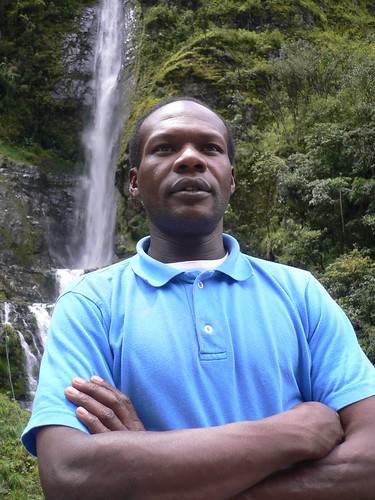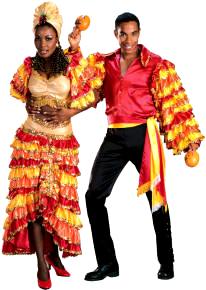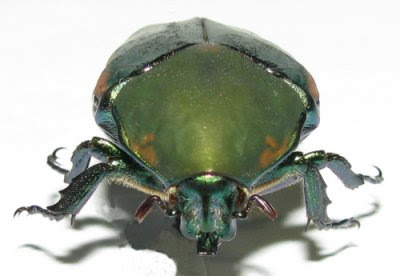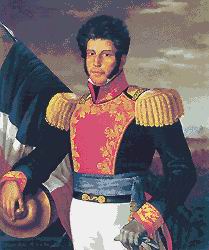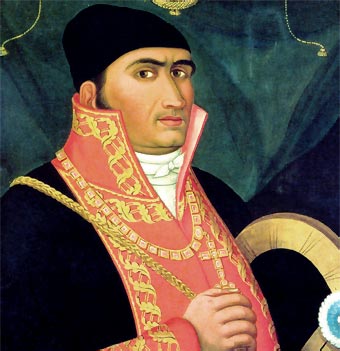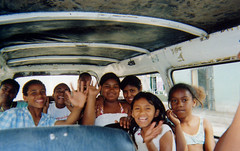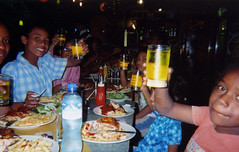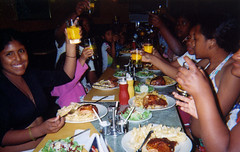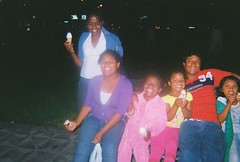I was amused by the looks I was getting from the store clerks in this supermarket; it's like they never seen a Black person before, i.e., live and in living color, LOL.
I had a seven-hour layover in El Salvador before my next flight to Lima, Perú. I took advantage of those seven hours by getting a tourist card ($10.00) and leaving the airport to explore the surrounding areas. I hired a taxi at $60.00 for three hours and headed for La Costa del Sol (Sun Coast) to have lunch. We then visited a couple of beaches and towns. When I travel, I prefer to see the "real" country and its people versus highly populated (and expensive) tourists areas. This is how you learn the true culture of the country, and in my case, develop fluency in the language. We had a great meal as he was filling me in on the people and culture of the area. We stopped in a grocery store to get some inexpensive goodies. Perhaps, something I could take on my flight to Lima, Perú. I was amused by the looks I was getting from the store clerks; it's like they never seen a Black person before , i.e., live and in living color, LOL.
Speaking of Black people, I was wondering if El Salvador once had an African presence like the rest of Latin America due to the slave trade. So many people I saw were quite dark. I asked this of the cab driver, but he denied that El Salvador ever had a black presence. Then I reckoned that all these dark El Salvadoreans I saw were only spending too much time working in the sun. After all, this area is called La Costa del Sol (the Sun Coast). However, just recently, I was introduced to a web site giving the facts on El Salvador and her black history: African Heritage of Central America. The historical black presence has never been officially acknowledged in a society that does not recognize ethnic diversity. In 1930, General Maximiliano Hernandez Martinez instituted race laws prohibiting Blacks, Gypsies, Asians, and Arabs from entering the country. This law was removed during the 1980s.
Like the rest of Latin America, Indigenous societies of El Salvador were enslaved after the Spanish invasion in the 16th century. So many died from overwork and disease that the Indigenous population was almost exterminated. The Spanish brought in slaves from Africa to work on the haciendas (slave plantations) and in the mines. Several other towns also had African communities, such as Zacatecoluca, Chinameca, and Ahuachapan and Sonsonate. With the mixing of Spanish, African and Indigenous people over the centuries, the visible African population disappeared. Today there are really only various “shades of brown with some extremes in darker color variations.
Related post: Passing through El Salvador
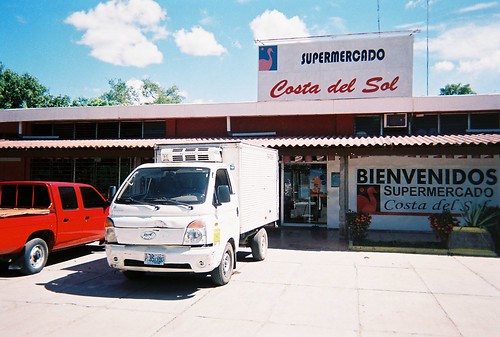

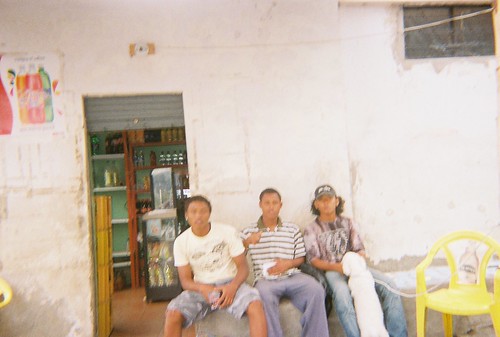

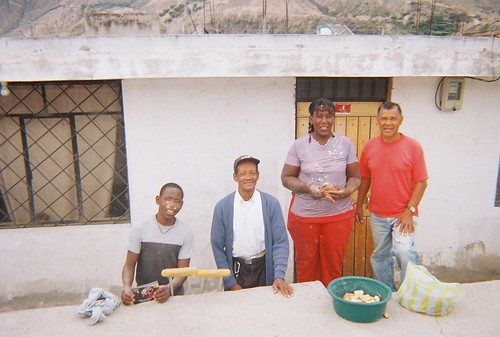
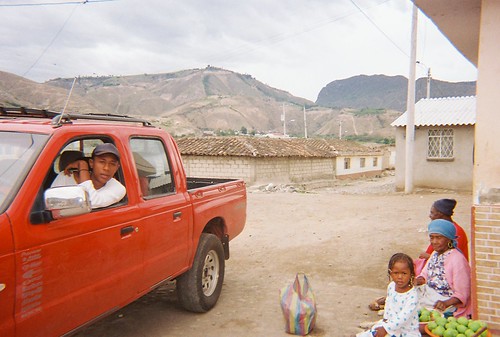
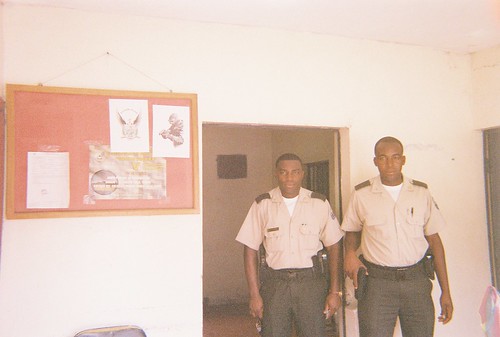

 My definition of a salsera is a female who loves to dance to salsa music (a salsero is a male salsa dancer).
My definition of a salsera is a female who loves to dance to salsa music (a salsero is a male salsa dancer).